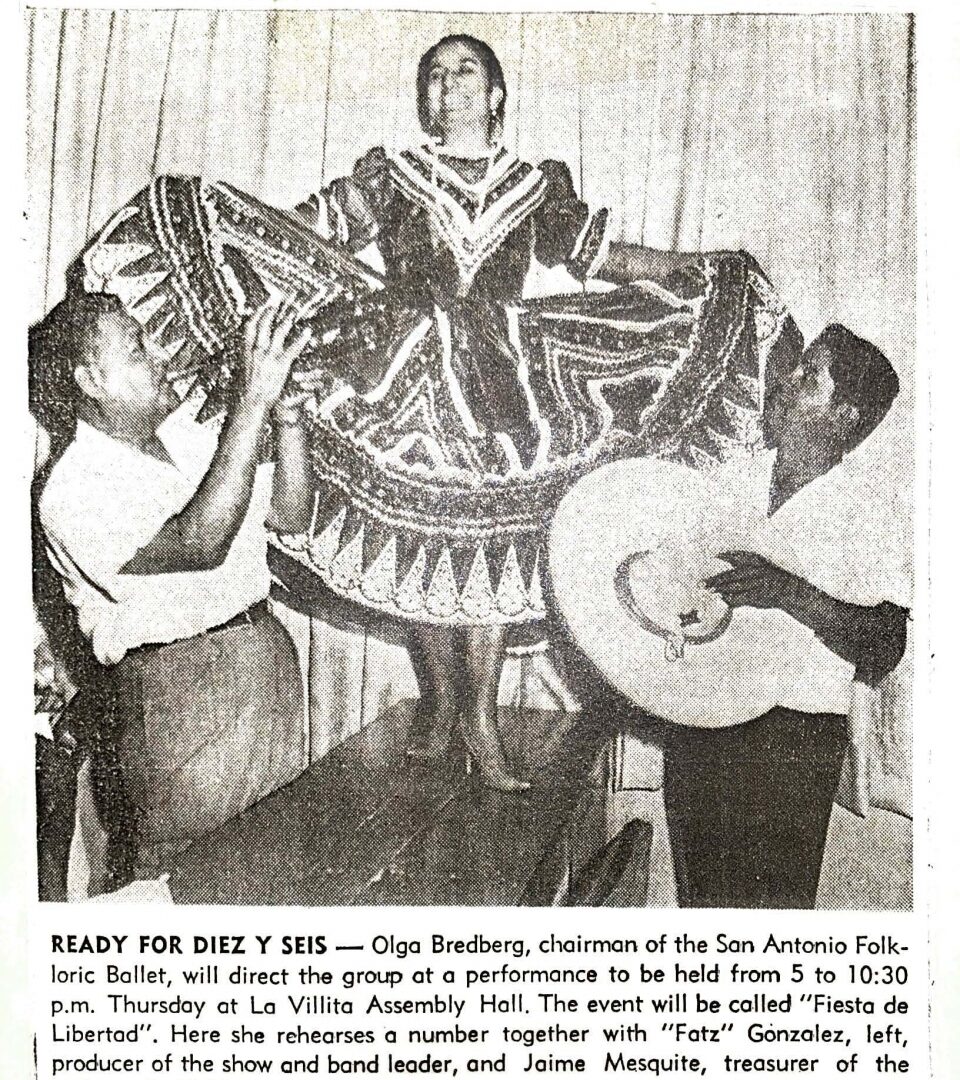
Since the mid-20th century, ballet folklórico has been a source of community, identity, and celebration for Mexican Americans across the United States. Despite its popularity throughout Texas, its migration from Mexico to the United States is not well-documented nor widely known. Utilizing digital media, oral histories, personal artifacts, and archives this project is an effort to capture the development of ballet folklórico in San Antonio as a pillar of the city’s identity and reputation as culturally distinct. Victoria shares this history through the perspectives and experiences of the Ballet Folklórico de San Antonio (BFSA) dance company as they were the first accredited folklórico dance academy in San Antonio and the earliest folklórico groups to establish a relationship with the city government. Victoria intended this project to facilitate a deeper understanding of this art form as much more than entertainment for local parties.
This digital exhibit created through WordPress is an open-source content management system to develop websites, blogs, portfolios, and repositories. Victoria chose to work in WordPress as this program is the preferred digital platform for several digital humanities institutions as well as various St. Mary’s projects. Her community partner for this project, Boni Ramos, is the Co-Creative Executive Director of the Ballet Folklórico de San Antonio (BFSA). Since the early 1970s, Boni’s family has headed the BFSA and has steered the company towards becoming an elite folklórico group that is locally, nationally, and internationally renowned for their dedication. The Ramos family connected her with other folklórico professionals and organizations, allowing her the opportunity to learn about and illustrate the network of ballet folklórico across Texas and the United States. Throughout the project development, oral histories and digital storytelling were the two driving forces of preserving intangible heritage. In documenting this intangible heritage, several challenges emerge usually from not having traditional scholarship such as books and articles to guide research. The ways in which the Ramos family has been documenting their knowledge and history in traditional or standard means. Additionally, the ongoing COVID-19 pandemic broadened my perspectives on accessibility and engagement. These factors led me to use a mix of contemporary methods of documentation as a basis for further research into folklórico, Mexican heritage, and the shared cultural identity of San Antonio.

The first initiative of this project was to conduct oral histories with the Ramos family and other members of the Ballet Folklórico de San Antonio. Victoria scheduled initial interviews in the summer of 2020 while the city was in the beginning months of the ongoing COVID-19 pandemic. With this situation, she left the decision to conduct interviews virtually or in-person up to the interviewees. The sessions Boni Ramos and Mark Molina were the only interviews conducted in person. Listening to precautions and guidelines of the Center for Disease Control (CDC), it was important for her to ensure that in-person interviews were to be conducted at a six-feet length. When not recording, every person in the room wore a mask, and there was no physical touching of any kind.
This project provides much-needed insight into the traditional roots of ballet folklórico and the efforts of these communities to reclaim the authority of their customs. The years of education, research, and mastery needed to share the traditions of folklórico positions this dance genre in equal standing with other professional, western, dance genres. Ballet folklórico has been widely characterized as ‘cute’ or fun entertainment to support the general narrative of San Antonio’s unique Mexican heritage, which undermines this dedication and diminishes the cultures this artform represents. The Ballet Folklórico de San Antonio has played an innovative yet widely unrecognized role in broadening cultural and racial representation in San Antonio. The efforts of this dance company are just a few of many examples of how ballet folklórico and other forms of traditional artistry are keepers and defenders of tradition. The Ballet Folklórico de San Antonio’s push for broader visibility and incorporation into city traditions represents the gradual integration and celebration of Mexican culture in San Antonio. Their persistence and passion for education and history have empowered Mexican communities in San Antonio to reclaim their space in the social and political spheres, both leading and riding the wave of the overall movement for the incorporation of Latino cultural communities and their values in the larger American system. Their dedicated practice and attention to detail are forms of social activism and historic preservation that should be documented as part of the larger discourse of changing cultural influences not just locally but nationally. Documenting their social and professional progress in an array of media platforms will bring this living history to a wide range of audiences and provide context for the next time they watch a folklórico performance at a public event.
You can view Ballet Folklórico de San Antonio’s digital exhibit here. You can also view Victoria’s article on Ballet Folklórico in Mexico here.
